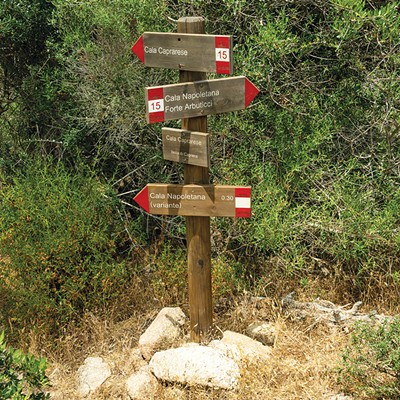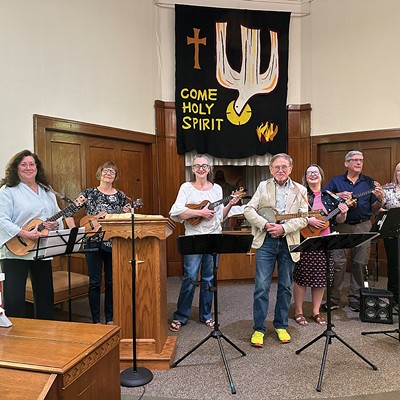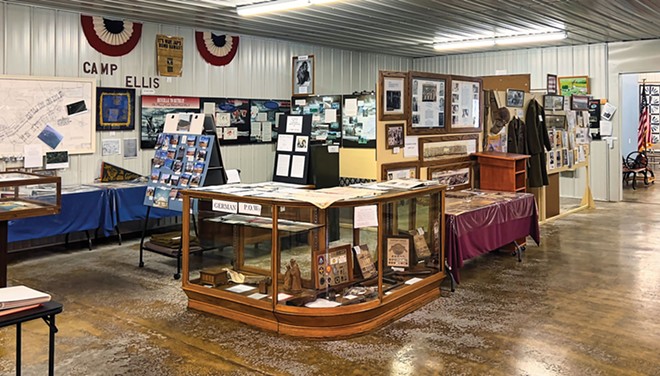
It turns out Forgottonia isn't so forgettable after all.
Some western Illinois residents claim the region doesn't get its fair share of funds and attention from the rest of Illinois, thus dubbing their area "The Republic of Forgottonia." The largely rural landscape situated in the western bulge of Illinois boasts no huge cities or immediately recognizable landmarks. Rarely does one see the 16 counties included in Forgottonia featured in state tourism promotions. Some of us may associate the area with Western Illinois University but not as a trip destination.
But then some of us would be wrong. Where else in Illinois can you find a downtown square about to become the world's largest Monopoly game, a museum explaining the site of a German POW camp and a full-size original windmill? Add in a unique Lincoln bust, some extensive murals and a link to Mormon history, and the region becomes rememberable.
"We lean on being an escape from the city," says Jock Hedblade, executive director of the Macomb Area Convention and Visitors Bureau. "You can take the Amtrak right into Macomb and find a bucolic and relaxing destination."
Hedblade says on May 9 Macomb will unveil the life-size Monopoly board, which will allow visitors to play the game by moving from spot to spot, directed by an app on their phones. The date marks the birthday of Macomb native Elizabeth Magie, whom he credits with inventing the game long before Parker Brothers began making it. She named her version "The Landlord's Game," but it evolved into Monopoly, widely considered to be the world's most-played board game.
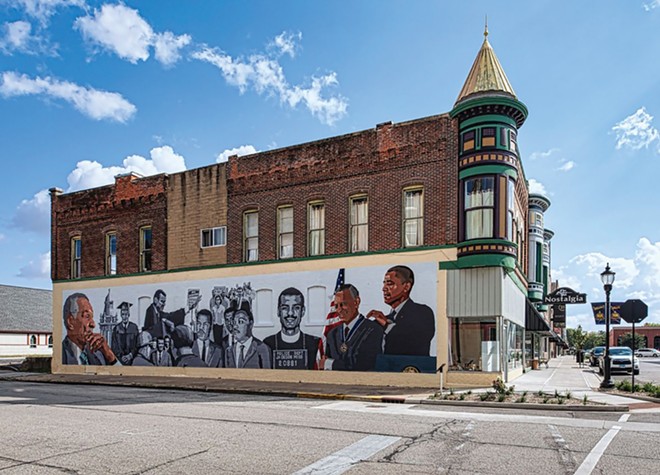
Downtown Macomb also sports the historic McDonough County courthouse, a 15-foot-high living topiary monument to Abraham Lincoln with a beard made from flowers, and an expanding wall mural program. One of the murals celebrates C.T. Vivian, a civil rights pioneer from Macomb.
Artifacts explain the region's history in the Western Illinois Museum while the WIU campus hosts a geology museum, an art gallery and a performing arts center. Nearby Argyle State Park offers camping, boating, fishing and hiking.
For a lesson in World War II history, head to the Easley Pioneer Museum in Ipava, southeast of Macomb and near the site of Camp Ellis. The museum, a small mom-and-pop enterprise, includes a restored rural schoolhouse from 1876, a log cabin undergoing reconstruction and the stories of local people and groups.
But its biggest treasures are from Camp Ellis. Built in 1942-1943 on 17,750 acres of Fulton County farmland, the camp became one of the largest Army military training camps in the United States. It had a railroad, landing strip, hospital complex and housing for up to 40,000 military and civilian workers. Part of the camp also was home to German prisoners of war, who help build some of the facilities and sometimes interacted with local residents.
Today, the site has largely reverted to farm fields and woodlands with only a few brick or concrete structures scattered throughout. Pick up a brochure at the museum to direct you on a driving tour to see a few old water towers, chimneys and a long wall that was part of the rifle range. Generations have left their graffiti on the wall.
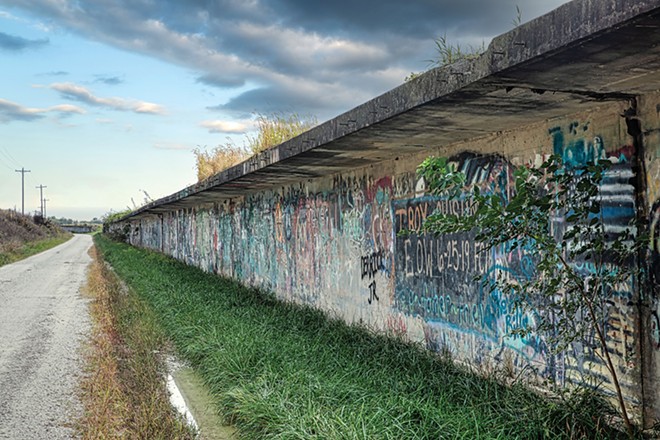
Marion Cornelius, who co-owns the museum with his wife, says many local residents have filled the building with camp artifacts, including uniforms, meal tins and POW woodworks. "Memorabilia came from everywhere," he says. "Especially with COVID, people were cleaning out their basements."
The museum at Dixon Mounds gave the Ipava museum 29 information panels that explain in detail the camp's history, and Cornelius can provide commentary as you make your way through the space. "The POWs were fed better here than anywhere they had been," he says, adding some worked on local farms.
The museum is open from April through November from 10 a.m. to 4 p.m. Tuesdays and Fridays but private tours and weekend visits are available by appointment by calling 309-254-3207 or emailing [email protected].
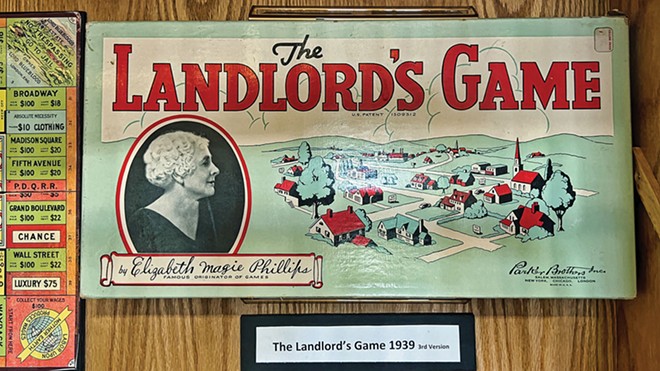
Southwest of Macomb, tiny Golden hosts one of the few restored working smock windmills in the country. The Prairie Mills Windmill, built in 1872 by a German immigrant and restored in the 1990s, was noted for the high-quality wheat flour it produced. Tours are available May through October by appointment, when an adjacent museum and gift shop are also open. Visit www.goldenwindmill.org for more information and to schedule a tour. Even without a tour, the windmill is an impressive site as it towers over the rest of the village.
Carthage and Nauvoo, west of Macomb, are known for their links to early Mormon history, and probably need a full day to explore. In Carthage, you can hear the story of founders Joseph and Hyrum Smith's imprisonment and murder at the restored jail. Nauvoo, on the Mississippi's eastern bank, holds a plethora of Mormon-related sites, including a temple, homes, shops and trails. For details, go to www.ChurchofJesusChrist.org/visitNauvoo.
Quincy, the area's largest city, has treasures worth another whole day, including a nostalgic bakery, a Mediterranean villa on a bluff along the Mississippi, well-kept mansions worth touring and a war museum. (See https://www.illinoistimes.com/special-issues/take-a-trip-to-historic-quincy-11604711)
For even more information on the area, go to www.visitforgottonia.com.
Mary Bohlen of Springfield, a regular contributor to REGEN, specializes in writing about interesting places in Illinois and nearby states worthy of day or weekend trips.




